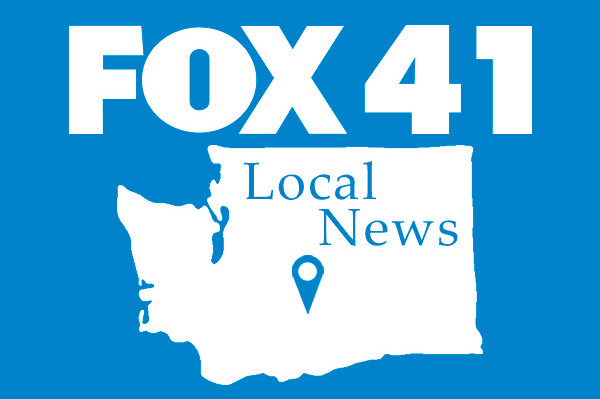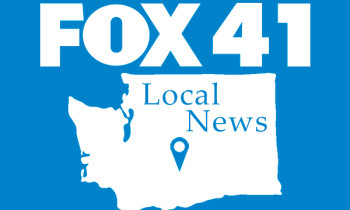
Home insurers in California may soon be able to use computerized processes that simulate thousands of possible natural catastrophes to help them set rates — but only if they commit to doing a significant amount of business in areas at high risk for wildfires.
Since 1988, the state’s Proposition 103 has largely prevented insurers from using a forward-looking process called catastrophe modeling. Instead of setting rates based on estimated future losses, insurers in California have had to rely on data from the previous 20 years.
But as the effect of climate change continues to escalate, that data isn’t sufficient to predict future losses, insurers have said. Significant losses and California’s strict consumer protections have contributed to multiple large insurers either reducing their home insurance business in the state or leaving it altogether.
Catastrophe modeling in exchange for more coverage
Ricardo Lara, California’s insurance commissioner, recently unveiled a draft of regulatory changes that would permit insurers to use catastrophe modeling if they meet certain criteria.
Lara’s draft dictates that most insurers will need to write at least 85% of their business in areas state regulators classify as “distressed.”
The regulation describes distressed areas as:
Any ZIP code where at least 15% of homes are covered by the California FAIR Plan, the state’s insurer of last resortA ZIP code in which the average policy costs at least $4 per $1,000 of dwelling coverage and the per-capita income is 50% or less of the state averageA county where more than 20% of its homes classify as high or very high risk for wildfiresProperties with FAIR Plan coverage that are exposed to wildfire risk
“We have been surviving with 20th-century regulations for 21st-century problems,” Lara said in a news release announcing the new regulation. “We are compressing decades of deferral and delay into a one-year timeline of action.”
How wildfire affects California home insurance
While California homeowners face many of the weather risks that affect other parts of the country, they also live with the threat of wildfires. More than 25% of Californians live in areas under very high or extreme fire threat, according to the California Air Resources Board.
As of mid-June 2024, California had faced 2,156 wildfires in the year to date, burning 89,784 acres, according to combined data from the California Department of Forestry and Fire Protection and the U.S. Forest Service. By comparison, in mid-June 2023, 1,961 fires had burned 5,747 acres.
California’s average home insurance rate was $1,782 in 2023 and will likely rise by 8% in 2024, Insurify data scientists predict. That rate is moderate compared to rates in other high-risk states like Florida, where the annual average is $10,996.
Strongly consumer-focused insurance laws have made it difficult for insurers to be profitable in California, industry advocates say. State Farm, Allstate, Farmers, and other insurers have either steeply curtailed their home insurance business in the state or withdrawn altogether.
What’s next? Better risk modeling, better availability
Regulators hope that allowing insurance companies to incorporate predictive modeling into their rate-setting will entice insurers that left the state to return and compel remaining companies to offer coverage in more high-risk areas.
“Californians in every corner of our state are frustrated with outdated regulations and [are] desperate for change,” Lara said. “Whether you live in the Sierra or the foothills, along the coast or in a city, California is not a ‘one-size-fits-all’ place, and we need to be inclusive. We are enacting a major reform that will result in insurance companies writing more policies, so if you are stuck on the FAIR Plan because of your unique wildfire risk, there will be help for you.”
Lara plans to issue additional regulations in July that would allow insurance companies that take on greater risk in the state to account for the cost of reinsurance — essentially insurance that helps insurance companies cover their claim losses — in their rate filings. Additionally, regulators will require the FAIR Plan to increase coverage amounts to $20 million for larger homes, condo associations, farms, and other businesses.


